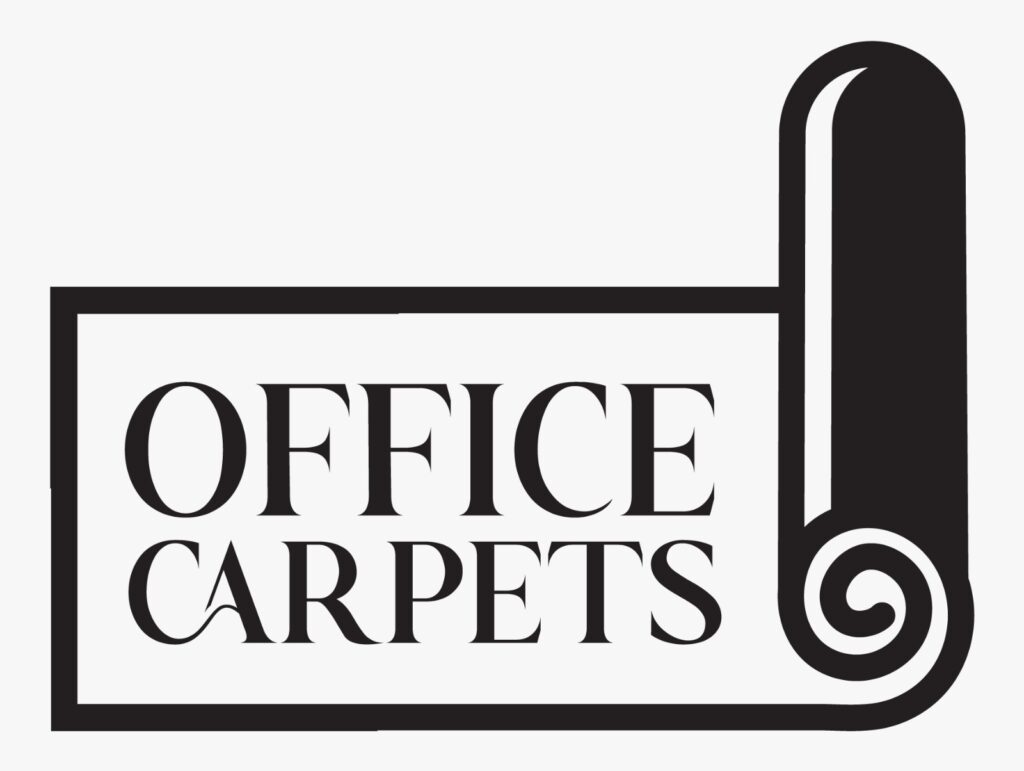In today’s world, where sustainability and eco-conscious choices are at the forefront of design and architecture, materials like sisal have gained immense popularity. Sisal, a natural fiber derived from the leaves of the Agave sisalana plant, offers a unique combination of beauty, durability, and environmental friendliness.
In this fact-based guide, we will delve into the world of sisal design and sisal carpeting, with a particular focus on the hub of sisal carpeting, Dubai.
What is Sisal?
To truly appreciate sisal design and carpeting, it’s essential to understand the material itself. Sisal is a plant-based fiber that has been used for centuries in various applications. It originates from the Agave sisalana plant, primarily grown in tropical regions. Sisal fibers are known for their strength and durability, making them a preferred choice for textiles.
Sisal fibers are characterized by their coarse texture and natural beige color, giving them a distinct rustic charm. What sets Sisal apart is its sustainability. Sisal plants require minimal water and pesticides to grow, making them an eco-friendly choice for conscious consumers.
Sisal Design Trends
In recent years, sisal has found its way into contemporary design trends. Interior designers and architects are increasingly incorporating sisal into their projects due to its unique aesthetic and environmental advantages. Sisal rugs, carpets, and even wall coverings are becoming staples in sustainable interior decor.
Sisal’s natural look and texture bring warmth and character to spaces. Its versatility allows it to seamlessly blend with various design styles, from modern minimalism to rustic chic. The fact that sisal is a renewable resource adds to its appeal in a world where sustainability is paramount.
Sisal Carpet Dubai: A Hub for Sisal Design
When it comes to sisal carpeting, Dubai stands out as a global hub. The city’s thriving interior design and luxury decor industry have embraced sisal carpets for their opulence and eco-friendly qualities.
Dubai’s unique climate and culture have played a significant role in fostering the sisal carpet industry. Sisal carpets in Dubai are often adorned with intricate designs and patterns that reflect the city’s rich heritage. Moreover, Dubai has become a center for sisal carpet trading, attracting buyers and sellers from around the world.
The Allure of Sisal Carpets
Sisal carpets offer a host of benefits that make them a preferred choice over other flooring materials. Their natural, earthy appearance complements a wide range of interior design styles, making them a versatile option for any space.
Durability is one of Sisal’s most significant advantages. Sisal design fibers are incredibly robust and resistant to wear and tear, making sisal-design carpets a long-lasting investment. They can withstand heavy foot traffic, making them suitable for residential and commercial spaces.
In addition to their durability, sisal-design carpets are also known for their eco-friendliness. Sisal plants require minimal resources to grow, making sisal a sustainable choice for those concerned about the environment. When it’s time to replace a sisal carpet, the natural fibers can be recycled or composted, further reducing its environmental impact.
Sisal Carpeting: Practical and Stylish
Sisal carpeting is not only about aesthetics but also practicality. Its natural texture provides excellent traction, reducing the risk of slips and falls. This makes sisal carpets an ideal choice for homes with children and pets.
Maintenance of sisal carpets is relatively straightforward. Regular vacuuming and occasional spot cleaning are usually sufficient to keep them looking their best. However, it’s essential to avoid excessive moisture, as sisal can be sensitive to water.
Sisal vs. Other Carpet Flooring Materials
Comparing sisal design with other carpet flooring materials highlights its unique qualities. When pitted against wool carpets, the sisal boasts superior durability and resistance to stains and spills. Wool, while luxurious, can be more high-maintenance.
Sisal design also stands out in comparison with synthetic carpeting. Synthetic carpets may be less expensive, but they often lack the sustainability and longevity of sisal. For those seeking a rug that combines style, sustainability, and durability, sisal design is an excellent choice.
Sisal’s Eco-Friendly Appeal
The environmental appeal of sisal cannot be overstated. Sisal plants thrive in arid conditions and require significantly less water than other fiber crops. They also don’t rely on heavy pesticide use, reducing their impact on the ecosystem.
Furthermore, sisal production has a relatively low carbon footprint compared to synthetic carpet materials. This aligns with the growing demand for environmentally responsible interior design solutions.
Sisal’s Global Impact
Sisal production has a global reach, with countries like Brazil, Tanzania, and Kenya being significant contributors to the industry. Cultivating sisal provides employment opportunities and supports local economies in these regions.
In addition to economic benefits, sisal cultivation helps combat soil erosion in tropical regions. The plant’s extensive root system helps stabilize soil, making sisal design a valuable resource for regions prone to land degradation.
Conclusion
In office carpets in Dubai, sisal design and sisal carpeting offer a harmonious blend of aesthetics and sustainability. From its humble origins as a natural fiber to its global impact on design and environmental conservation, sisal design has proven its worth.
Whether you’re looking to enhance your interior decor with a touch of nature or seeking an eco-friendly flooring solution, sisal has much to offer. Its durability, low environmental impact, and timeless appeal make it a valuable addition to any space.
As we continue to prioritize sustainability in our choices, sisal remains a shining example of how design can be both beautiful and environmentally responsible. So, why not consider sisal for your next design project and experience the sustainable beauty it brings to your space?



